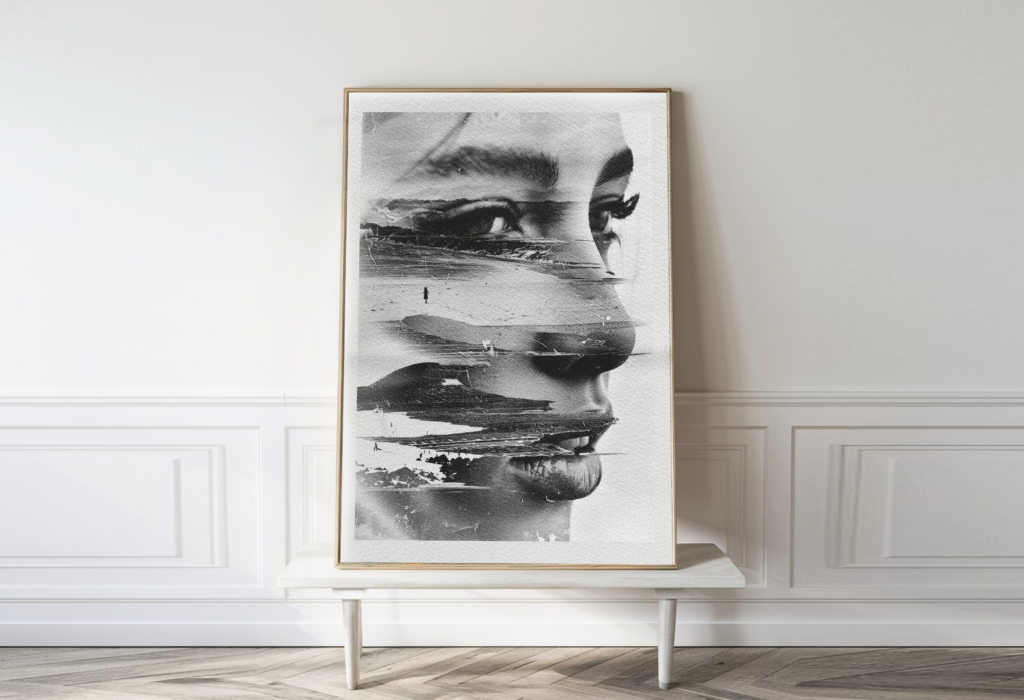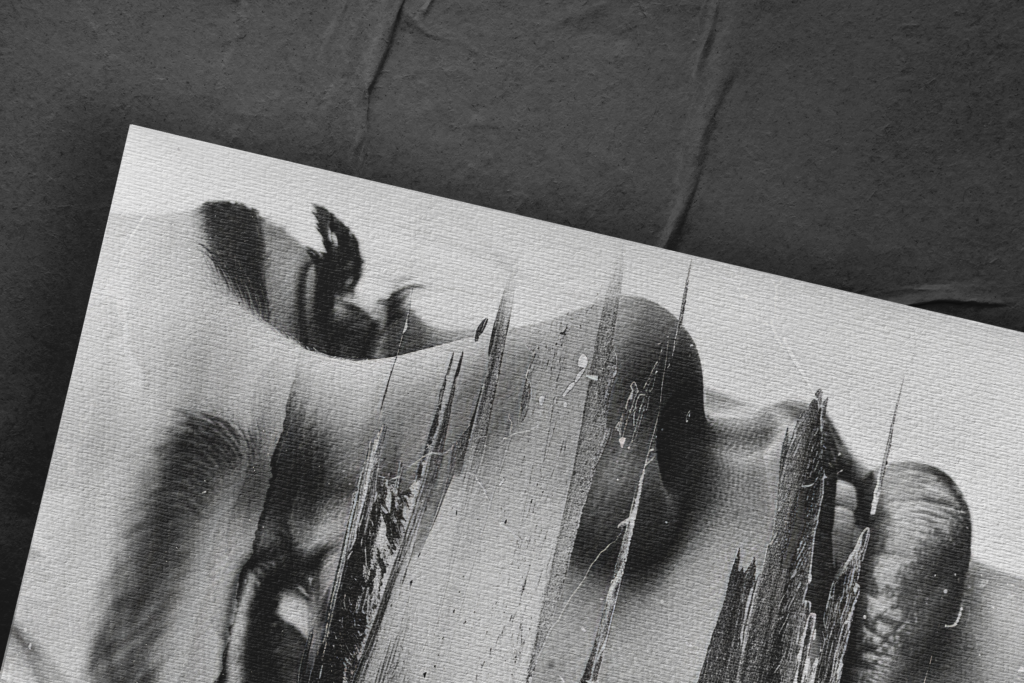There are many variations 4 #1
There are many variations of passages of Lorem Ipsum available, but the majority have suffered alteration in some form, by injected humour.
We often use the term archival, which is closely related to giclée. The defining factors of an archival or giclée reproduction lie in the printing technique and the specific paper and inks employed. These prints are of museum quality, with durability and quality that far exceed those of standard prints.

THE INKJET PRINTING PROCESS
An inkjet printer sprays archival pigment inks onto archival paper. The process of inkjet printing offers a reproduction that picks up on all the depth and texture of the original painting. My paintings are scanned at a very high quality to capture all of the details, then color corrected to match the original.


THE ARCHIVAL INKS
Both the ink and the paper have to be archival to be considered a giclée print. An inkjet printer uses pigment, not dye. A regular printer uses dye, not pigment. Inkjet printers have more ink cartridges than regular printers, which results in greater color accuracy when compared to the original painting.
THE ARCHIVAL PAPER
The reproductions I offer are created on 100% cotton rag watercolor paper. Thick, luxurious, heavy-weight paper. Can’t get any better than that! If you’re not familiar with watercolor paper, it’s slightly textured. Archival paper is acid-free which helps prevent the paper from breaking down and yellowing over time.

Leave a Reply
You must be logged in to post a comment.